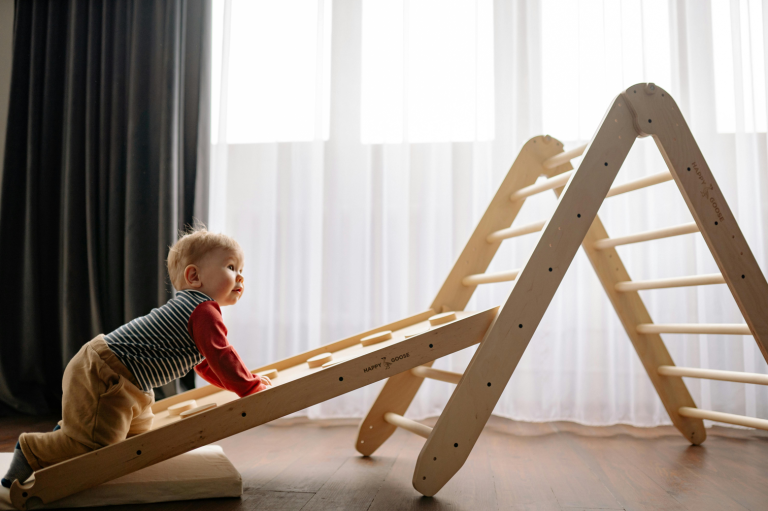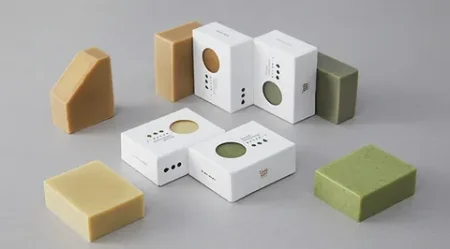Gross motor development is a critical part of early childhood, laying the foundation for physical coordination, strength, balance, and confidence. Among the many tools used to support this developmental stage, the Pikler Triangle stands out as one of the most effective. This simple wooden climbing structure encourages active, self-directed movement in young children, often starting as early as six months old.
In this blog post, we’ll discuss how this climbing triangle plays a powerful role in promoting gross motor development. Read on!
1. Encourages Independent Movement
The Pikler Triangle is designed to allow children to move at their own pace. Unlike play equipment that requires adult direction or guidance, this structure enables children to decide when and how they want to climb. This independence not only boosts their confidence but also allows their motor skills to develop naturally. As children explore and experiment, they improve their balance, coordination, and control without unnecessary pressure or intervention.
2. Builds Core Strength and Stability
Climbing the Pikler Triangle requires effort from the entire body, particularly the core muscles. Every time a child pulls themselves up, reaches for a new rung, or maintains their balance while perched at the top, they’re engaging and strengthening their abdominal and back muscles. This core development is crucial for future activities like running, jumping, and sitting upright for long periods.
3. Enhances Coordination and Balance
As children navigate the rungs of the Pikler Triangle, they must coordinate their hands and feet in a rhythmic and purposeful way. This helps refine their bilateral coordination — the ability to use both sides of the body together. Additionally, the constantly changing elevation challenges their sense of balance. Mastering how to shift weight from one limb to another safely is a skill that translates to many everyday movements and sports later in life.
4. Supports Risk Assessment and Confidence
One often-overlooked aspect of gross motor development is the ability to assess and manage physical risks. The Pikler Triangle provides a safe yet challenging environment for children to test their limits. They learn to calculate how far they can stretch, when they need support, and when they’re ready to climb higher. These experiences foster both physical and emotional resilience, empowering children to take on new challenges with increasing confidence.
5. Promotes Repetitive Practice and Muscle Memory
Children naturally repeat activities that interest them. With the Pikler Triangle, they often climb up and down multiple times in a single play session. This repetitive movement is essential for developing muscle memory and refining motor patterns. The more they practice, the smoother and more efficient their movements become, laying the groundwork for more advanced physical skills in the future.
6. Adapts to Different Developmental Stages
One of the greatest advantages of the Pikler Triangle is its versatility. It supports a wide range of developmental stages — from crawling babies pulling themselves to stand, to toddlers testing their climbing skills, to preschoolers integrating it into imaginative play. As a child grows, the triangle grows with them, consistently offering new challenges that match their evolving gross motor capabilities.
7. Encourages Open-Ended Physical Play
Gross motor development thrives in environments that support creativity and exploration. The Pikler Triangle is not just a climber; it can be a mountain, a bridge, or a fort in a child’s eyes. This open-ended play encourages children to move their bodies in varied ways, further enhancing their physical flexibility, spatial awareness, and full-body coordination.
The Pikler Triangle is more than just a toy; it’s a developmental tool that fosters independence, physical strength, balance, and confidence in young children. By encouraging safe exploration and self-paced growth, it aligns perfectly with the natural course of gross motor development. For parents and caregivers seeking a simple, effective way to support their child’s physical journey, this climbing triangle offers lasting benefits well beyond the toddler years.










